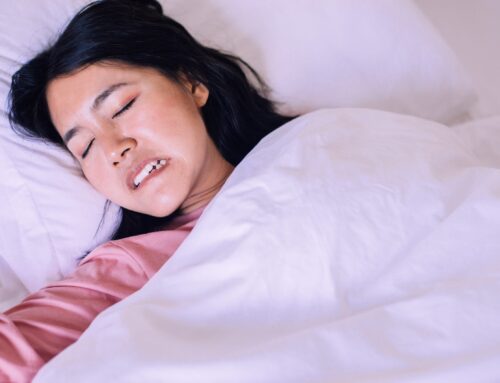Why does cycling give me low back pain?
Head2Toe Physio clinics work from Dorking, Leatherhead and Redhill in Surrey and Crawley in West Sussex. I see patients at our Dorking and Leatherhead branches.
I get asked two main cycling related questions. Firstly, “why are there so many bl**dy cyclists on the road round here?”
Well it’s obvious if anyone asks the first question, they aren’t a cyclist. This conversation normally goes down the usual route (pardon the pun) of cyclists not paying road tax, riding two abreast, not allowing gaps for cars in between the long packs of bikes that ride along narrow country lanes, not stopping at traffic lights and so on. Once I’ve allowed the rant to burn out, the questioner is normally far more responsive to any positive observations I might make about cycling.
Having said that, I am not a cyclist myself. I seem to spend a fair portion of my working week either working on cyclists with back pain, groin pain or pain down the side of their leg (often ITB – iliotibial band syndrome). Perhaps more worrying and one of the reasons I’m too wimpy to get on the road on a bike, are the number who come in having been knocked off by cars or unseated by potholes and bad weather conditions. Suffice to say these reasons are enough to find me jogging and not cycling.
For those brave souls who do get out on the road multiple times a week, their most common question is usually “What it is with cycling and low back pain? Why does cycling give me low back pain?”.
Cycling is a sport that I recommend frequently. Your feet are fixed which takes co ordination out of the mix and means technique is less important than in many sports. You can even select the gear that suits the surface and gradient that you’re on to reduce the forces required to keep the cranks spinning. A lot of the injuries I see have reduced the patients ability to weight bear and cycling is a good way to keep fit without actually fully weight bearing through your legs.
So why do so many people get back pain?
Well one of the first things that cyclists now check is their bike set up. Thankfully many of the shops specialising in bikes around the area are more than able to check your set up and alignment. However, despite seeking advice for bike set up, people still complain of low back pain.
A study of professional road cyclists reported that 94% of cyclists had encountered an overuse injury and that 58% of them had experienced low back pain in the last 12 months. 41% of them had felt the pain disabling enough to have sought medical advice for it. All the cyclists in the study above had access to national coaches and superb facilities so I would have to assume that bike set up had been checked thoroughly.
What we do know is that when you pedal to the point where your legs (hamstrings and calf muscles) are fatigued, the effect on your back is one of making you flex and bend over the bike more in your lumbar spine. So firstly your legs get tired and then your posture on the bike gets worse. The muscles that hold your low back straighter (the extensors) get tired and you bend over more to compensate.
As well as slouching forward more, have you ever cycled (or driven) behind someone who seems to have lots of side to side tilt of their pelvis when they pedal? Its possible that they have poor lateral hip and pelvic control. You need your hips stabilised by muscles like quadratus lumborum and your oblique abdominals when pedalling and its possible that theirs are weak or fatigued or both.
These are just a few faults among many which we check for in an assessment of a cyclist coming into our clinics with low back pain.
If you or anyone you know is suffering from low back pain and would like to have a physiotherapy assessment for suitability of physiotherapy treatment, contact us here.
Comparing lower lumbar kinematics in cyclists with low back pain versus asymptomatic controls, Van Hoof et al, Manual therapy, 2012, 17,4.





